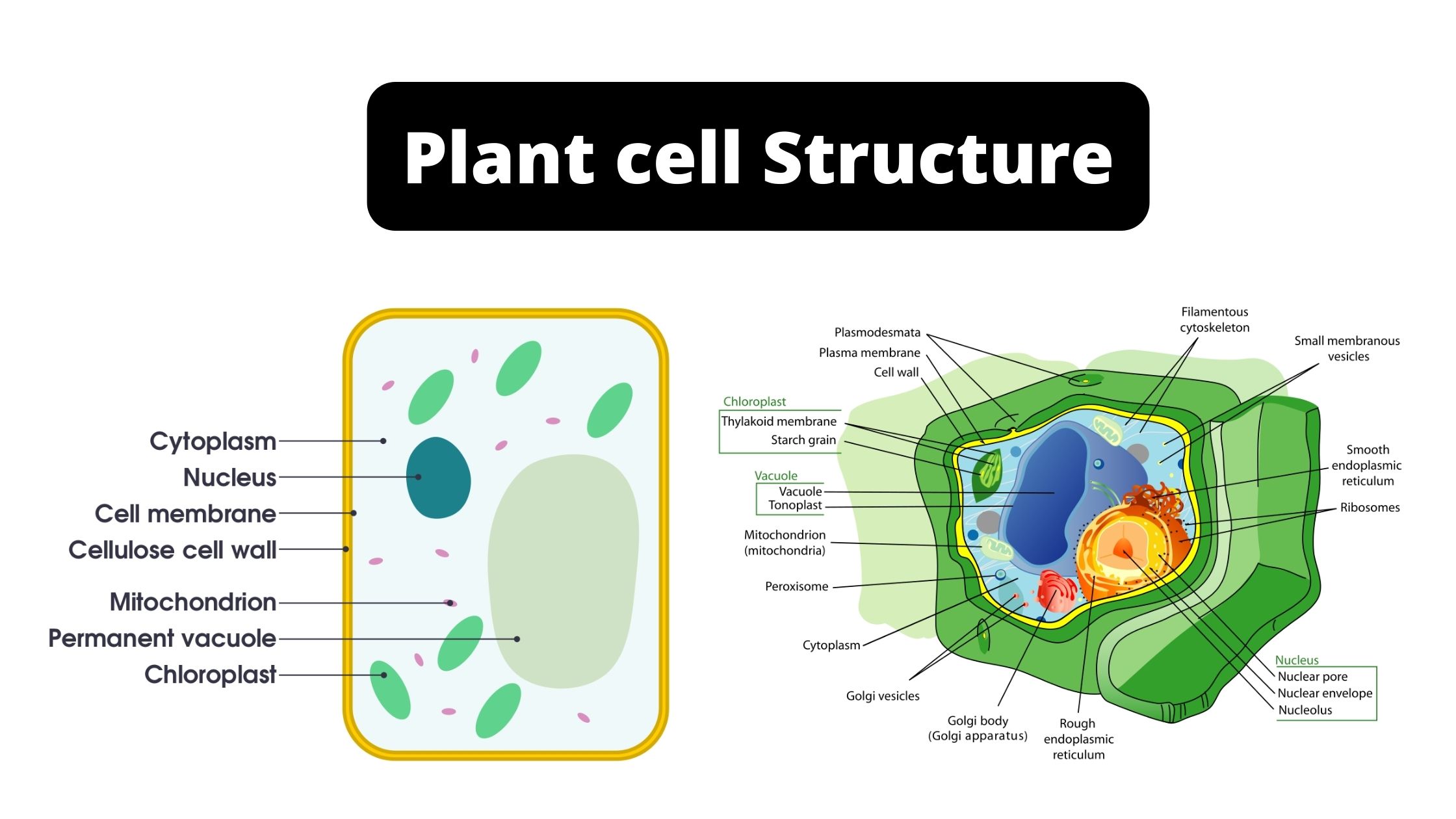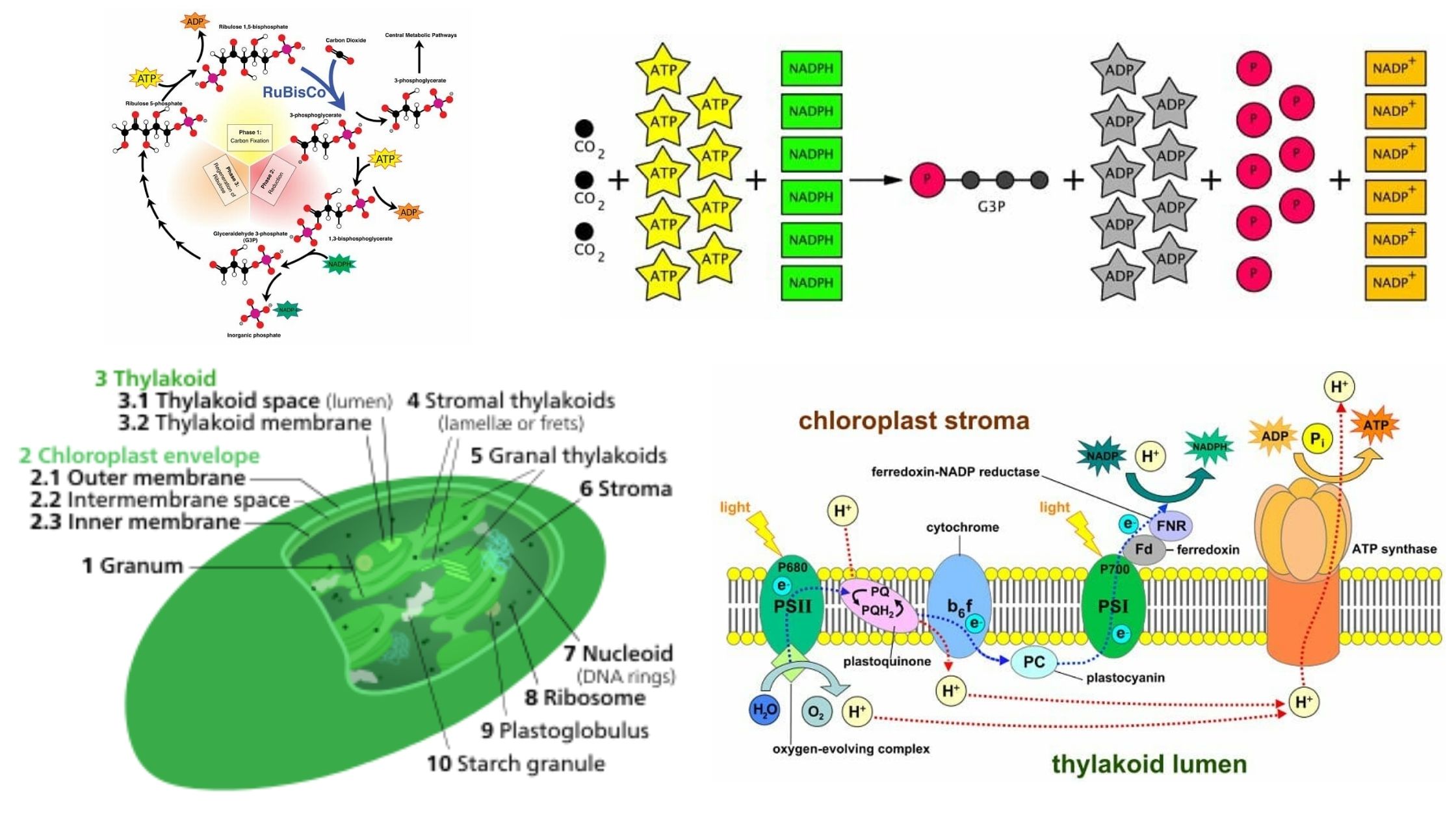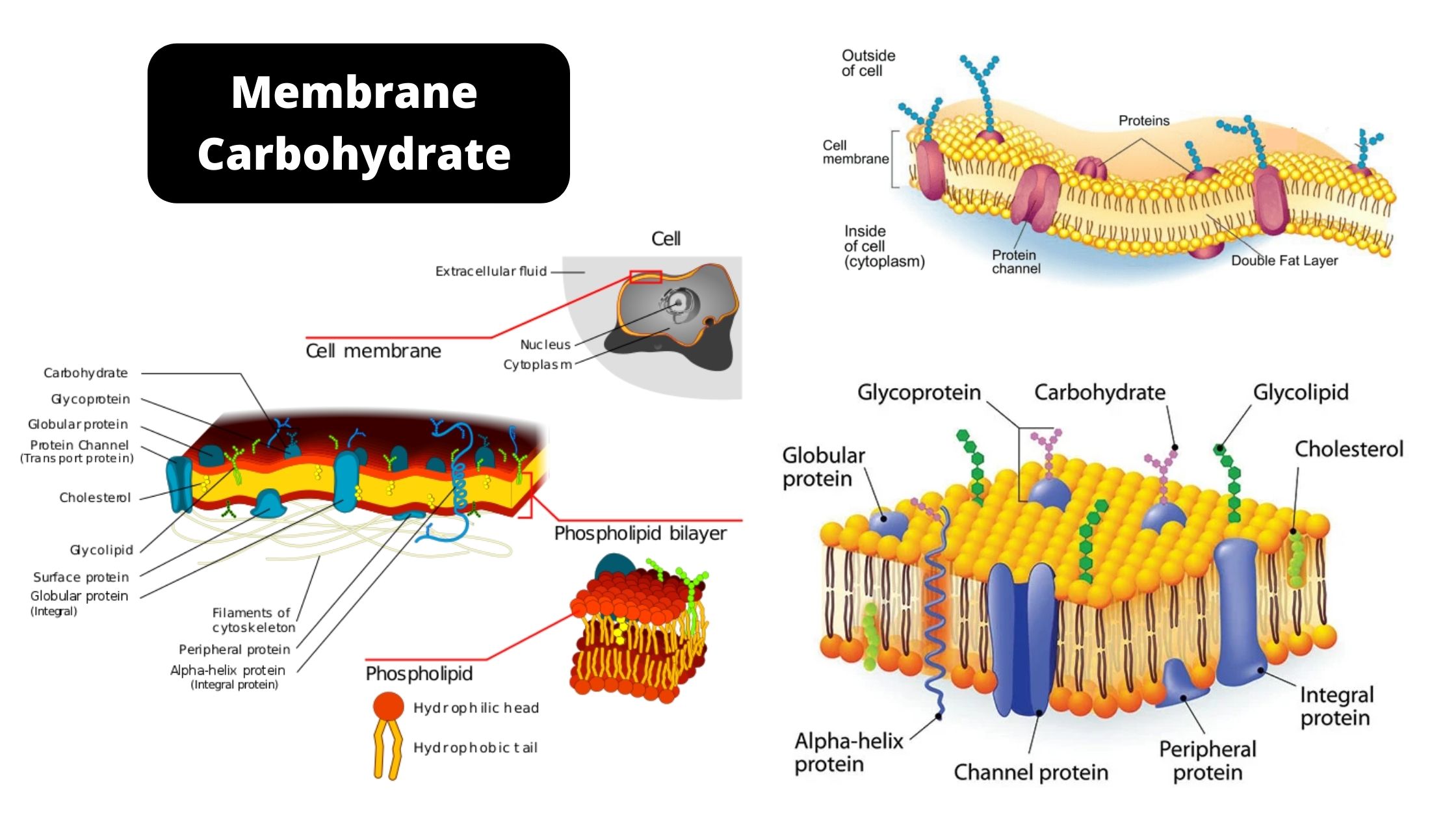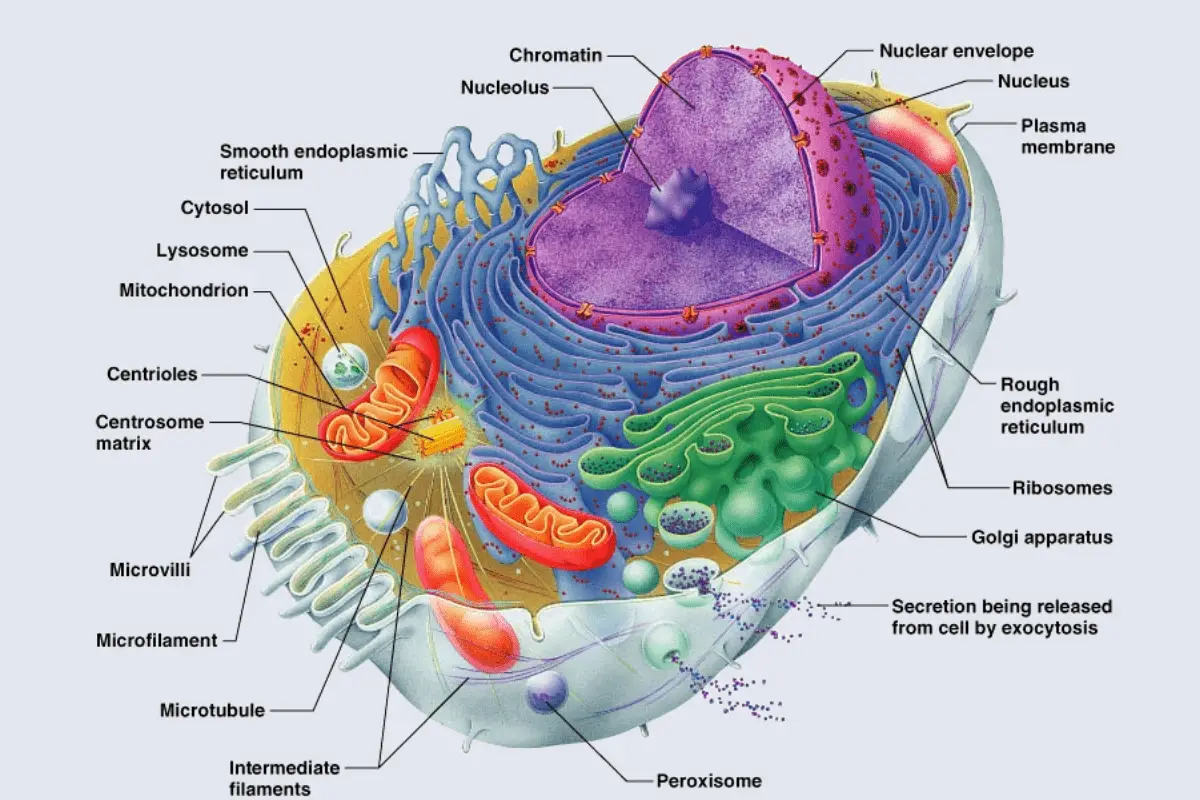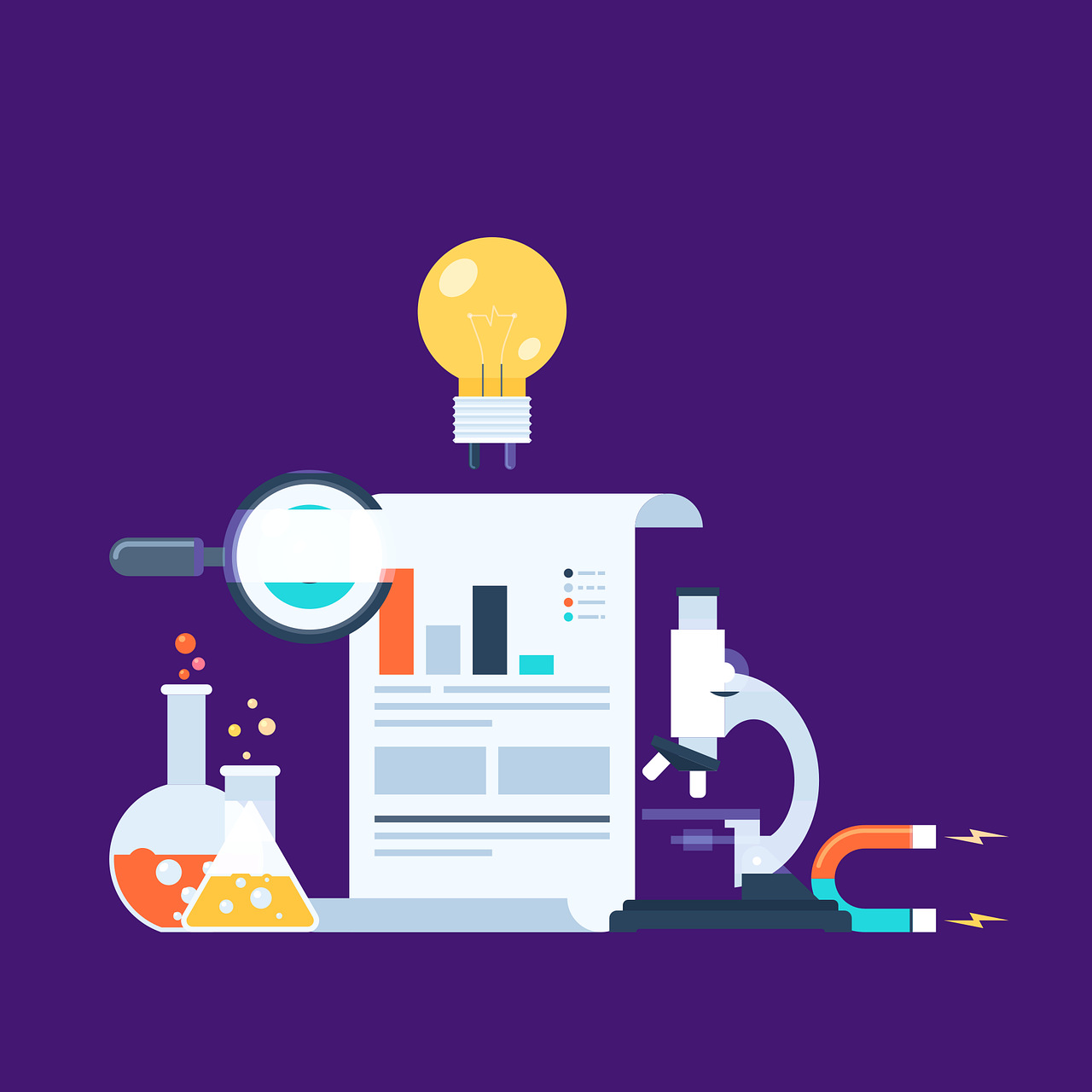Plant cell – Structure, Definition, Diagram, Organelles
Animals, fungi and protists are composed of at least one eukaryotic cell. However archaea and bacteria are composed of only one prokaryotic cell. Plant cells differ from cells belonging to other organisms due to their cell walls, chloroplasts and the central vacuole.
